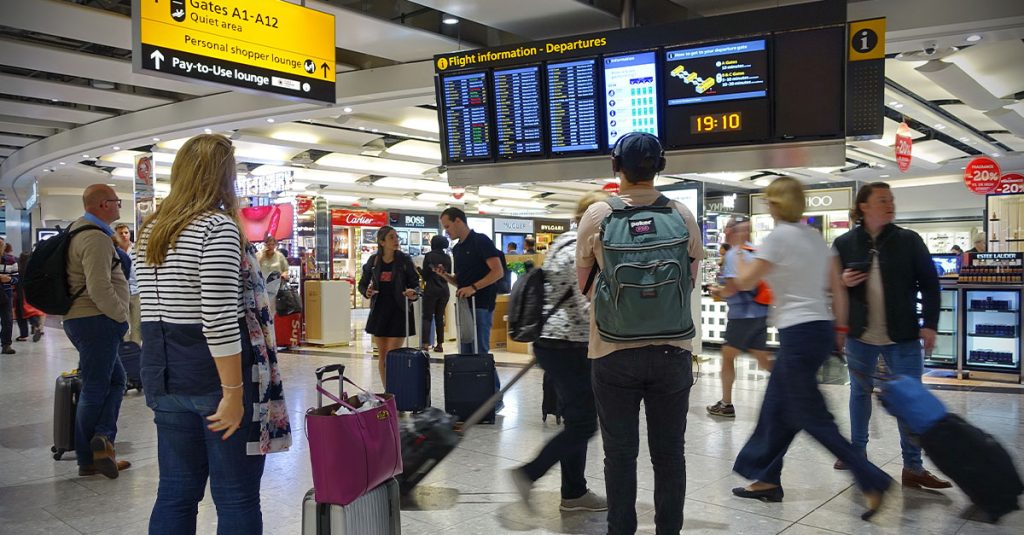The urgency in addressing aviation emissions has been emphasised by key industry leaders. Their call for immediate action suggests a looming environmental crisis if prompt measures are not taken.
Rolls Royce’s top executive has highlighted the necessity for governments and industry stakeholders to prioritise initiatives that can reduce aircraft emissions, signalling the critical role of current technological advancements.
The aviation industry faces a significant challenge in tackling emissions. This urgency was highlighted by Rolls Royce’s chief of future platforms, Professor Herve Morvan, during his address at a prominent energy and environment conference. He stressed that waiting for perfect long-term solutions that might have limited impact by 2050 is not an option. Immediate action on available measures is crucial.
He cited the ongoing efforts of Rolls Royce, such as testing all their engine families with SAF and collaborating with airlines like easyJet. This showcases the industry’s move towards integrating SAFs into existing engines to optimise efficiency.
Adopting new technologies is financially daunting, with investments running into billions and the renewal of aircraft fleets taking several decades, indicating the need for strategic long-term planning.
He highlighted the extensive research conducted by Rolls Royce into hydrogen use, noting significant time and investment required to incorporate it effectively into commercial aviation products.
Aligning aviation strategies with energy policies will enhance the overall effectiveness of emissions reductions, emphasising strategic integration across sectors.
Bennett called into question the fairness of taxpayer-funded support for SAF, potentially benefiting frequent fliers disproportionately.
Bennett suggested revisiting aviation taxation policies, proposing measures like a frequent flyer levy to equitably distribute costs associated with sustainable fuels.
Immediate action and strategic planning are pivotal in advancing aviation decarbonisation.
The industry must navigate technological and financial hurdles with a focus on sustainable solutions to achieve long-term sustainability.

